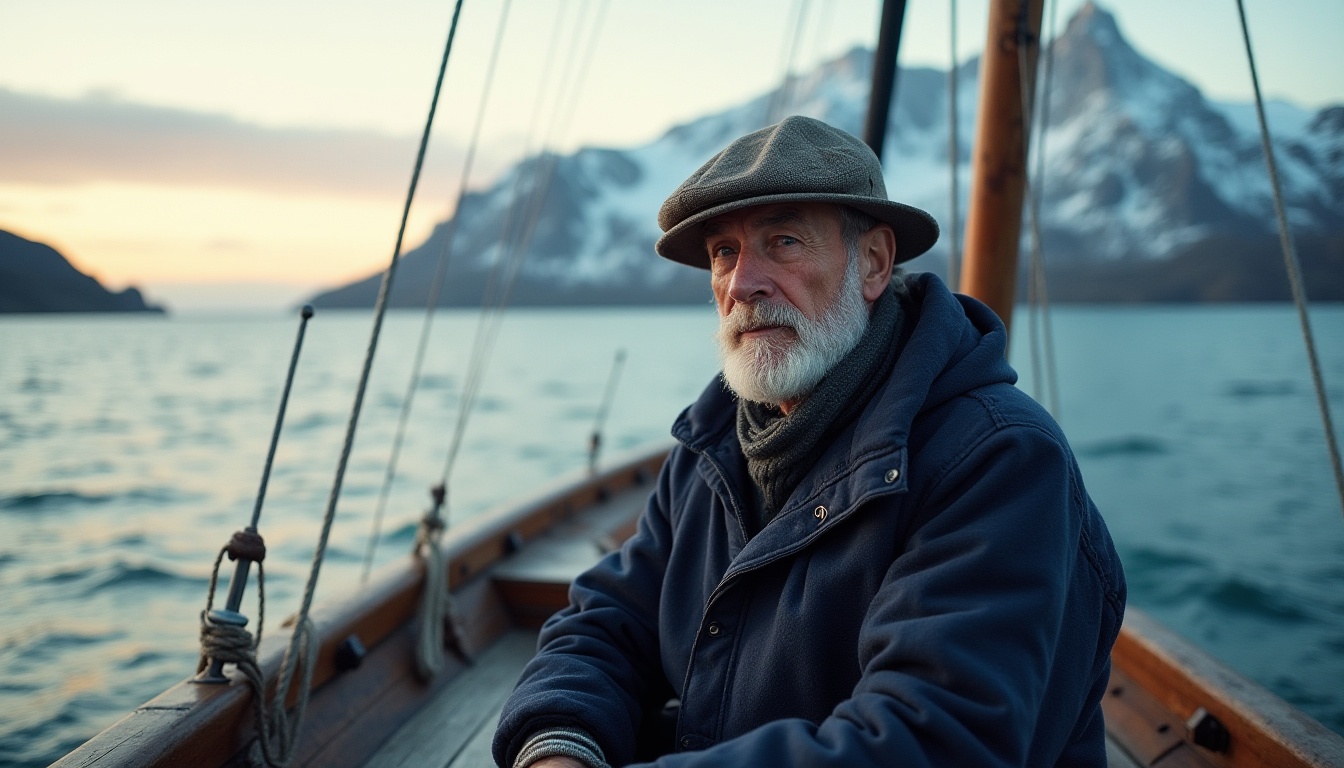Sailing the Strait of Magellan is a dream for many seasoned navigators and a daring challenge for even the most experienced skippers. This historic passage at the southern tip of South America is renowned for its unpredictable weather, dramatic landscapes, and maritime significance. Successfully navigating this corridor is a true badge of honor in the world of ocean voyaging.
Why the Strait of Magellan Still Matters Today
The Strait of Magellan remains one of the most important natural sea passages in the world. It connects the Atlantic and Pacific Oceans, winding through a rugged landscape shaped by glacial activity. Unlike the open-sea alternative of Cape Horn, this sheltered passage offers relatively calmer waters, but its narrow channels and rapidly changing conditions demand extreme caution and skill.
Named after Ferdinand Magellan, the first recorded European to traverse it in 1520, the strait was a crucial part of early exploration and global trade routes. Although modern ships often opt for the Panama Canal, the Strait of Magellan still sees frequent use—especially among scientific expeditions, adventure cruises, and independent sailors seeking a challenging yet rewarding journey.
Preparing for the Passage
When to Sail the Strait
Timing is everything. The best window for sailing the Strait of Magellan is during the Southern Hemisphere’s summer months—December through March—when daylight is longer and storms are less frequent. Even then, weather can turn suddenly, with strong winds and cold temperatures being the norm.
Essential Documentation and Regulations
Chile controls the Strait of Magellan, and you’ll need clearance from the Chilean Navy (Armada de Chile) before entering. Make sure to:
- Register your voyage in Punta Arenas, the largest nearby port
- Submit a sail plan
- Carry identification and vessel documentation
- Check in and out at designated stations
Inspections are standard, and some areas require prior authorization to transit. It’s wise to have documents translated into Spanish.
Route Options Through the Strait of Magellan
The Strait of Magellan stretches approximately 350 nautical miles and has multiple route options depending on your vessel type and weather conditions.
Popular East-to-West Passage
Starting near Punta Arenas, most navigators proceed west through narrow fjords toward the Pacific. This direction benefits from prevailing west winds, though currents can still be complex.
Key waypoints:
- Punta Dungeness: The eastern entrance from the Atlantic Oceans
- Port Famine: Historical anchorage and weather shelter
- Paso Tortuoso: A narrow and often challenging segment
- Bahía Fortescue: Common overnight anchorage
- Punta Santa Ana: Site of an old fort and great view over the channel
This route typically takes between 3 and 7 days, depending on wind, tide, and vessel speed. Some vessels complete it in 24 hours, though this is rare.
Alternate Route Toward Beagle Channel
Some sailors turn south after Punta Arenas to reach the Beagle Channel and Tierra del Fuego. This path offers more scenic fjords and wildlife, but involves complex navigation through glacier-carved channels and stronger southern winds.
Weather, Currents, and Sea Conditions
Understanding the strait’s unique maritime dynamics is essential. Wind speeds frequently exceed 8 knots, with gusts reaching higher in exposed areas. The confluence of Pacific and Atlantic Oceans creates complex currents and whirlpools, particularly in narrow segments.
Weather changes quickly. You may start a day under sunny skies and end in freezing rain. Use marine weather services and update forecasts frequently. Winds often accelerate around headlands such as Punta Arenosa, and fog is common in early mornings.
Tidal Considerations
The Strait of Magellan is subject to tidal flows that can dramatically influence travel speed. Timing your passage with favorable tides can make the difference between a smooth sail and a treacherous one. In some areas, slack water lasts less than 30 minutes.
Key Ports and Anchorages
Punta Arenas
The main hub for supplies, fuel, and official paperwork, Punta Arenas is an essential stop. This historic town on the southern coast offers everything a sailor might need—from chandleries to engine repair.
Don’t miss:
- Local maritime museum
- Markets for provisioning
- Experienced local guides and translators
This city lies at the heart of the patagonia and tierra region and provides insight into its cultural and maritime heritage.
Puerto del Hambre
Also known as Port Famine, this haunting site tells the story of a failed Spanish colony. Today, it’s a quiet anchorage that offers a protected rest stop.
Bahía Fortescue
This bay provides some of the best overnight shelter for smaller vessels. The surrounding hills offer protection from southern winds, though space can be limited in peak season.
What to Expect While Sailing
Wildlife and Landscapes
The Strait of Magellan offers breathtaking views of snow-capped peaks, glaciers, and wind-swept coasts. You may encounter:
- Humpback whales
- Penguins
- Seals and sea lions
- Rare seabirds
Photographers will appreciate the light quality here, especially during golden hours when the south becomes lit by long, low sun rays.
Night Sailing vs. Day Navigation
Most sailors avoid night navigation due to narrow passages and poor visibility. While some large ships run through the strait 24/7, private boaters typically anchor each night.
Fuel and Provisions
Plan carefully—resupply points are scarce outside of Punta Arenas. Carry extra fuel and fresh water, and keep spares for critical systems like your radio, heating, and engine.
Safety and Emergency Considerations
Always prioritize safety. The strait is remote, with limited assistance available. Keep these in mind:
- File a float plan
- Monitor channel 16 VHF at all times
- Carry EPIRB and satellite phone
- Install radar and AIS systems
Weather-related delays are common. Build buffer time into your schedule and stay flexible.
Local Culture and Experiences
Visiting Punta Arenas and nearby communities provides cultural depth to your voyage. Engage with locals who often have generations of maritime history and folklore. Sampling Patagonian cuisine and learning about the native peoples of Tierra del Fuego enriches the experience beyond the voyage itself.
You may also find local captains offering tips or services, and their knowledge of local waters can prove invaluable—especially in tight channels or unfamiliar anchorages.
Final Tips for a Successful Voyage
- Plan at least a week for the full transit
- Always check updated weather and tide reports
- Anchor before night unless absolutely necessary
- Use paper charts as backup
- Don’t underestimate the strait’s difficulty—treat it with respect
Sailing this legendary strait is not just a passage—it’s an achievement. Those who have sailed the Strait of Magellan often call it one of their most unforgettable journeys.
Whether you’re a veteran blue-water cruiser or looking for a challenge to test your sailing mettle, navigating the Strait of Magellan offers a once-in-a-lifetime adventure. From Punta Arenas to Tierra del Fuego, and through twisting channels shaped by time, this remote corner of South America continues to inspire those willing to sail into the unknown.


